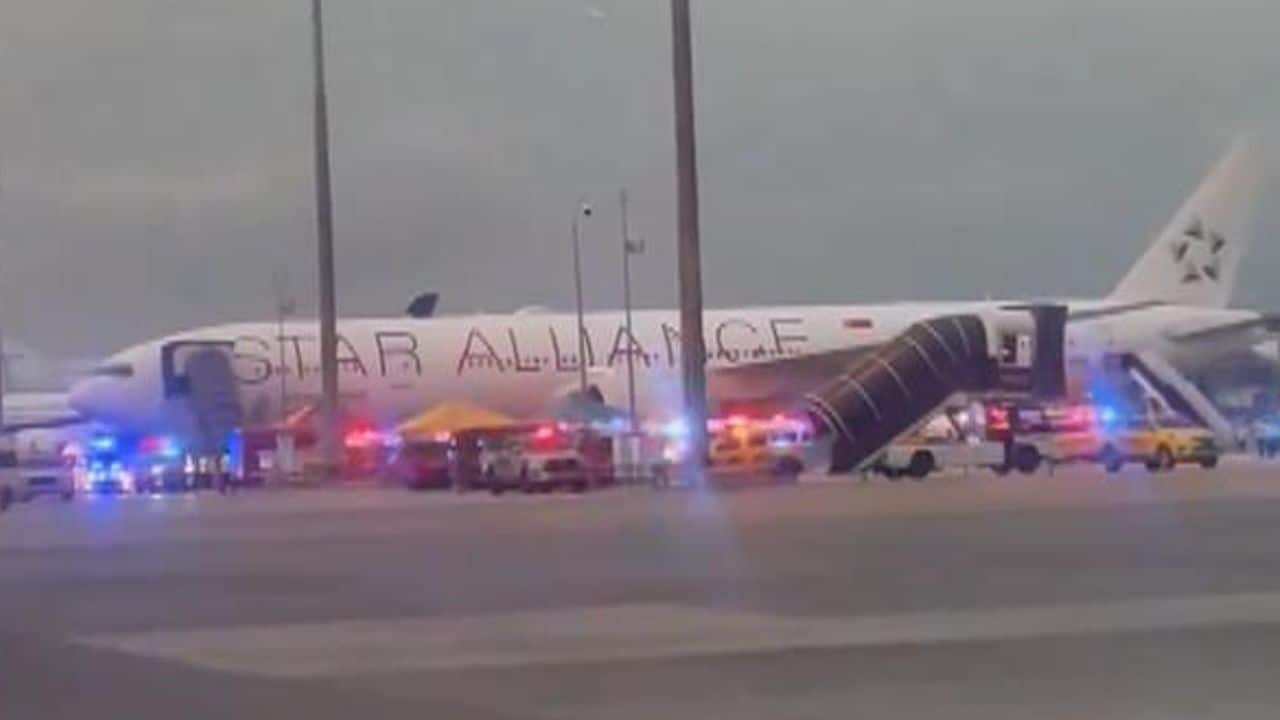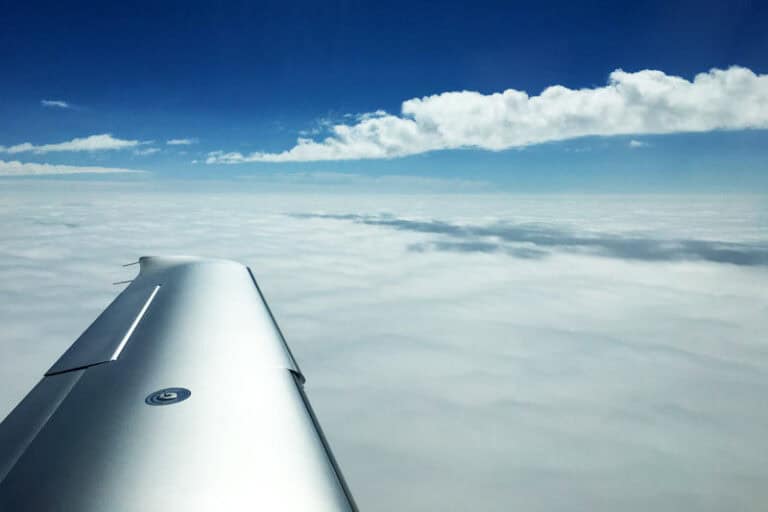The Singapore Airlines plane encountered severe turbulence over the Indian Ocean and descended to an altitude of about 1,900 meters in about 3 minutes. A British passenger was killed and dozens of others were injured, some seriously.
One British passenger died and dozens were injured during severe turbulence on a London-Singapore flight on Tuesday.
The Boeing 777 took off from London Heathrow Airport to Singapore and was forced to land in stormy weather in Bangkok at 15:45 local time. There were 211 passengers and 18 crew members on board.
An airport spokesman said the 73-year-old may have suffered a heart attack, although this has not been confirmed.
“All I know is that he’s English and he had heart problems and then he had a heart attack. So maybe he had a heart attack on the plane, maybe not. Doctors will have to examine his body again “.
Investigation data showed that the plane suddenly and sharply fell almost 2,000 meters in about 3 minutes, remaining at an altitude of 9,400 meters, and then quickly descended and landed in Bangkok in just under half an hour.
Passengers say that the “Fasten seat belts” sign lit up, but the crew members did not have time to take their seats and almost all were injured. Some people hit their heads on the luggage compartments above their heads and dented them. The sudden drop occurred when food was being distributed to people.
7 passengers were seriously injured, and 23 passengers and 9 crew members received moderate injuries.
In a later statement, Samitivej Srinakarin Hospital said 71 people were being treated there, including six with serious injuries.
The sharp decline occurred while flying over the Andaman Sea, near Myanmar. At this time, the plane sent a “scream code” 7700 – an international emergency signal.
Most people associate turbulence with severe storms, but the most dangerous type is what is called clear-air turbulence. Wind shear can occur in thin cirrus clouds or even in clear air near a thunderstorm front, as differences in temperature and pressure create powerful currents of fast-moving air.
Boeing expressed its condolences to the family of the deceased and said it was in contact with Singapore Airlines and was ready to support them.
Thailand’s Transport Minister Surya Yungroongruangkit said Singapore was sending another plane to transport those who were able to travel. He arrived in Bangkok on Tuesday evening.
Singapore’s Transport Minister Chee Hong Tat said in a Facebook post that his ministry and Singapore’s Foreign Ministry, as well as representatives from the country’s Civil Aviation Authority and Changi Airport, along with airline staff, are providing support to the affected passengers and their families.
The ministry’s Transportation Security Investigations Bureau said it was in contact with its Thai counterpart and would send investigators to Bangkok.
Singapore Airlines said the passengers were nationals of various countries: 56 Australians, 2 Canadians, 1 German, 3 Indians, 2 Indonesians, 1 Icelandic, 4 Irish, 1 Israeli, 16 Malaysians, 2 Myanmar nationals, 23 New Zealanders, 5 Filipinos, 41 nationals Singaporean, 1 South Korean, 2 Spanish, 47 British and 4 US citizens.












